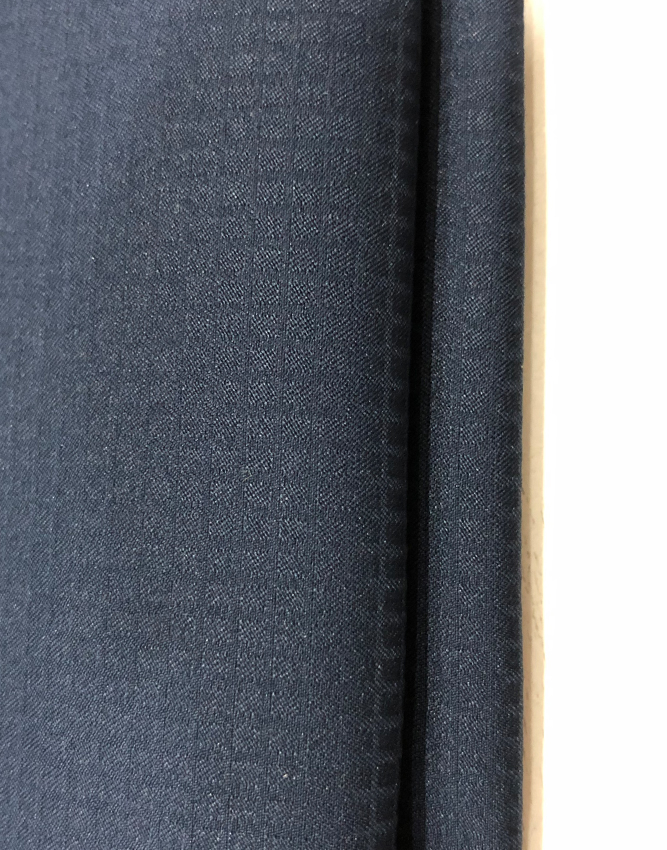

Broken material→borrow defect→marking→cutting→ […]
Broken material→borrow defect→marking→cutting→bundling.
Defect borrowing is an important part of improving product quality and saving materials. In the process of material breaking, borrow the flaws on the grey fabric as much as possible to the cutting part or the seam.
Knitted fabrics are cut according to the warp mesh accessories, and the cutting is generally adopted by the cutting method. Commonly used are flat sleeves, mutual sleeves, inlaid sleeves, spliced sleeves, slit sleeves, etc.
Knitted fabrics should pay attention to the following items in the cutting:
(1) Do not use the folded marks and printed edges on the prominent parts of the garment.
(2) Do not use taper marks in cutting, so as not to affect the appearance of the garment.
Sewing
The existing sewing technology and equipment of my country's knitting industry are mainly based on sewing machine models such as medium and high speed lockstitch sewing machines, medium and high speed overlock sewing machines, and interlock sewing machines.
Because the knitted fabric is composed of a string of loops, the edges of the garment pieces after cutting are easy to fall off, so the edges of the garment pieces should be overed and then sewn with a lockstitch machine. Lockstitch sewing machines and overlock sewing machines are the main types of sewing knitted garments. In the sewing process, generally pay attention to the following points.
1. Stitch
Because the knitted fabric has the characteristics of longitudinal and transverse extensibility (ie elasticity) and the shortcomings of the edge loops being easy to fall off, the stitches of sewing knitted fashion should be satisfied:
(1) The stitch should have stretch and strength compatible with the knitted fabric.
(2) The stitch should be able to prevent the fabric loops from falling apart.
(3) Properly control the stitch density. For example, the stitch density of the lockstitch sewing machine for thick fabrics is controlled at 9-10 stitches/2cm, the stitch density of the overlock stitching machine is 6-7 stitches/2cm, and the stitch density of the lockstitch sewing machine for thin fabrics is controlled at 10-11 stitches/ 2cm, the stitch density of the overlock machine is 7-8 stitches/2cm.
2. Suture
Generally, pure cotton knitted fabrics use 9.8tex×4 or 7.4tex×3 pure cotton and polyester-cotton blended threads, and chemical fiber knitted fabrics use 7.8tex×2 elastic nylon threads and 5tex×6 nylon threads. The suture must meet the following quality requirements:
(1) Pure cotton thread (suture) for sewing machine should be combed cotton thread, which has high strength and average degree.
(2) The suture should have a certain degree of elasticity, which can prevent the thread from breaking due to the twisting or squeezing of the thread during the sewing process.
(3) The suture must have flexibility.
(4) The sutures must be even and smooth, to reduce the sutures being blocked or rubbed in the grooves and pinholes, and to avoid defects such as thread breakage and uneven stitch tension.
3. Stitches
Sewing machine needles are also called sewing needles and machine needles. In order to achieve the ideal fit of the sewing needle, the sewing material and the suture, the appropriate sewing needle must be selected.
4. Ironing
Knitted garments are ironed to make their appearance smooth and size accurate. When ironing, insert a liner inside the clothes to keep the product in a certain shape and specifications. The size of the liner is slightly larger than the garment required to prevent the size from being too small after being retracted. The temperature of ironing is generally controlled between 180℃~200℃, which is safer, and it is not easy to burn yellow and scorch.
5. Finished product maintenance
Finished product overhaul is a comprehensive overhaul before the product leaves the factory. It includes two major items: appearance quality and internal quality. Appearance overhaul includes dimensional tolerances, appearance defects, seam fastness, etc. The internal testing items include fabric weight per unit area, color fastness, shrinkage rate, etc.
https://www.sigma-textile.com
